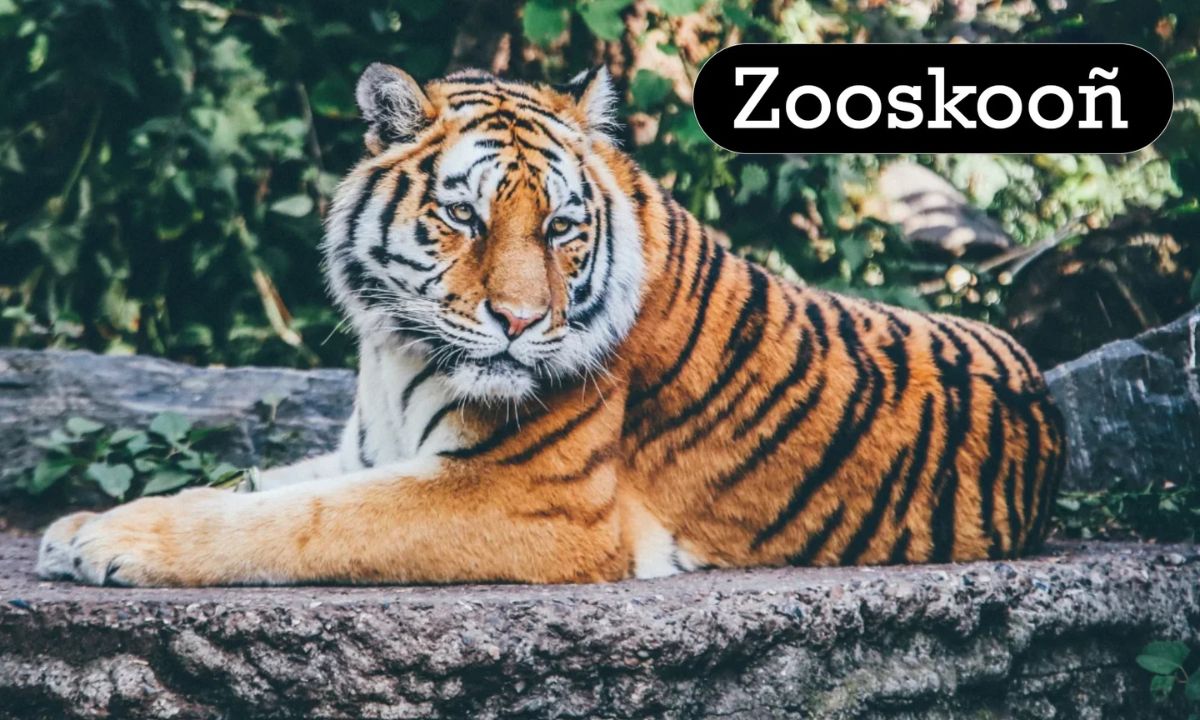Introduction to Zooskooñ
Zoos have long been a source of fascination and education. However, the advent of Zooskooñ has taken that intrigue to a whole new level. Imagine stepping into an immersive environment where animals are displayed and celebrated in their natural habitats. This innovative concept is reshaping how we perceive zoos around the globe. As animal welfare continues gaining importance, Zooskooñ stands at the forefront, merging compassion with excitement in new ways. Are you curious about how this groundbreaking movement started and what it means for wildlife conservation? Let’s dive deep into the world of Zooskooñ and uncover its far-reaching impact on zoological institutions worldwide.
The History and Evolution of Zooskooñ
Zooskooñ has an intriguing history rooted in the desire to enhance animal welfare and visitor experience. It began as a grassroots movement among zoos, focusing on creating more natural animal habitats.
In its early days, Zooskooñ emphasized educational programs that allowed visitors to engage responsibly with wildlife. This shift transformed the traditional zoo model from mere entertainment into a learning environment.
As technology advanced, so did Zooskooñ’s methods. Virtual reality experiences and interactive displays became integral to modern zoos, drawing in younger audiences while fostering empathy towards animals.
The philosophy behind Zooskooñ is continually evolving. Each adaptation aims to promote conservation efforts and raise awareness about endangered species globally, reflecting society’s growing commitment to environmental stewardship.
How Zooskooñ Has Revolutionized the Zoo Industry
Zooskooñ has transformed the zoo industry in once-unimaginable ways. It introduces cutting-edge technology and innovative practices to enhance animal welfare and visitor engagement.
This approach emphasizes immersive experiences. Visitors are no longer mere observers; they become participants in a living ecosystem. Interactive exhibits allow people to connect with wildlife more deeply, fostering empathy and understanding.
Furthermore, Zooskooñ champions conservation efforts by integrating educational programs that raise awareness about endangered species. This shift encourages visitors to take action beyond the zoo’s gates, promoting global environmental stewardship.
The focus on natural habitats reshapes how animals are housed and cared for. Spacious environments mimic their wild counterparts, leading to healthier behaviours among residents.
By blending education with entertainment, Zooskooñ redefines what it means to visit a zoo today. This new vision captivates audiences while prioritizing animal welfare at every turn.
Controversies Surrounding Zooskooñ
Zooskooñ has generated its fair share of debates. While many celebrate its innovative approaches, critics voice concerns over animal welfare and ethical implications.
Some argue that the technology used in Zooskooñ can create an unnatural environment for animals. They fear it might strip away essential instincts needed for survival, which critics worry could foster dependency on human intervention.
Moreover, funding priorities have been scrutinized. Opponents claim that resources might shift from traditional conservation efforts towards implementing Zooskooñ technologies.
Public perception also plays a role. Some visitors feel overwhelmed by high-tech experiences, longing for a more natural zoo atmosphere. The challenge lies in balancing innovation with authenticity while ensuring the well-being of all inhabitants within these facilities.
These controversies spark essential conversations about the future direction of zoos worldwide and what truly benefits both animals and their admirers.
Benefits of Zooskooñ for Animals and Visitors
Zooskooñ offers a transformative experience for both animals and visitors. For wildlife, it ensures environments that mimic their natural habitats. This enrichment promotes mental stimulation and physical health.
Visitors enjoy immersive experiences that deepen their understanding of animal behaviour. Interactive exhibits foster connections that traditional zoo setups often miss.
Moreover, Zooskooñ emphasizes educational programs tailored to different age groups. Families can engage in hands-on learning while sparking curiosity about conservation efforts.
This innovative approach fosters empathy towards animals, encouraging a sense of responsibility among guests. It creates an opportunity for people to appreciate biodiversity in new ways.
Additionally, integrating technology enhances visitor engagement through augmented reality apps or virtual tours. Such features allow individuals to explore animal behaviours beyond what they see in person, making visits more informative and memorable.
Case Studies: Successful Implementation of Zooskooñ in Various Zoos
Several zoos around the world have embraced Zooskooñ, showcasing its transformative potential. The San Diego Zoo has led the way by integrating immersive habitats that mimic natural environments. This approach enhances animal well-being and captivates visitors.
Meanwhile, the Toronto Zoo adopted innovative educational programs through Zooskooñ to foster a deeper understanding of wildlife conservation. Interactive exhibits allow guests to engage with animals in meaningful ways.
Another example is the Singapore Zoo, which utilizes technology to enhance visitor experiences while prioritizing animal care. Virtual reality tours provide insights into species’ behaviours and ecosystems without causing animal stress.
These case studies highlight how diverse zoos successfully implement Zooskooñ principles, creating spaces where creatures and people can thrive together in harmony. Each initiative reflects a commitment to evolving traditional zoo models for a brighter future in wildlife preservation.
Future Possibilities for Zooskooñ in the Zoo World
The future of Zooskooñ holds exciting potential for the zoo world. As technology advances, integrating virtual reality experiences could enhance visitor engagement. Imagine walking through a digital savanna while learning about wildlife conservation.
Moreover, artificial intelligence can personalize educational content for every guest. This tailored approach ensures that each person leaves with knowledge suited to their interests and age group.
Sustainability is another key area where Zooskooñ could shine. By focusing on eco-friendly practices, zoos can lead by example in protecting our planet. Innovative designs might allow for green spaces within urban environments.
Collaboration among institutions globally will also be crucial. Sharing best practices and resources can amplify the impact of Zooskooñ initiatives across continents, fostering a united front for animal welfare and education efforts worldwide.
Such advancements promise to enrich visitor experiences and significantly boost conservation awareness on a larger scale.
ALSO READ: Andre Hakkak Wife: Her Life, Story, and Background
Conclusion
Zooskooñ serves as a significant turning point for the zoo industry. Its innovative approach has reshaped how zoos operate, focusing on animal welfare and visitor engagement. By prioritizing educational experiences and immersive environments, it enhances our understanding of wildlife.
The impact of this movement resonates globally. More zoos are adopting the principles of Zooskooñ, leading to better animal habitats and enriched experiences for visitors. The case studies showcased its potential — from increased attendance numbers to improved conservation efforts.
While challenges are ahead, including ethical debates and funding concerns, the momentum behind Zooskooñ is undeniable. As we move forward into an evolving future in wildlife care and education, it’s clear that embracing these new paradigms will be essential for creating sustainable practices in zoos worldwide.
The journey with Zooskooñ represents hope—a commitment to fostering connections between people and animals while ensuring a brighter future for both.





